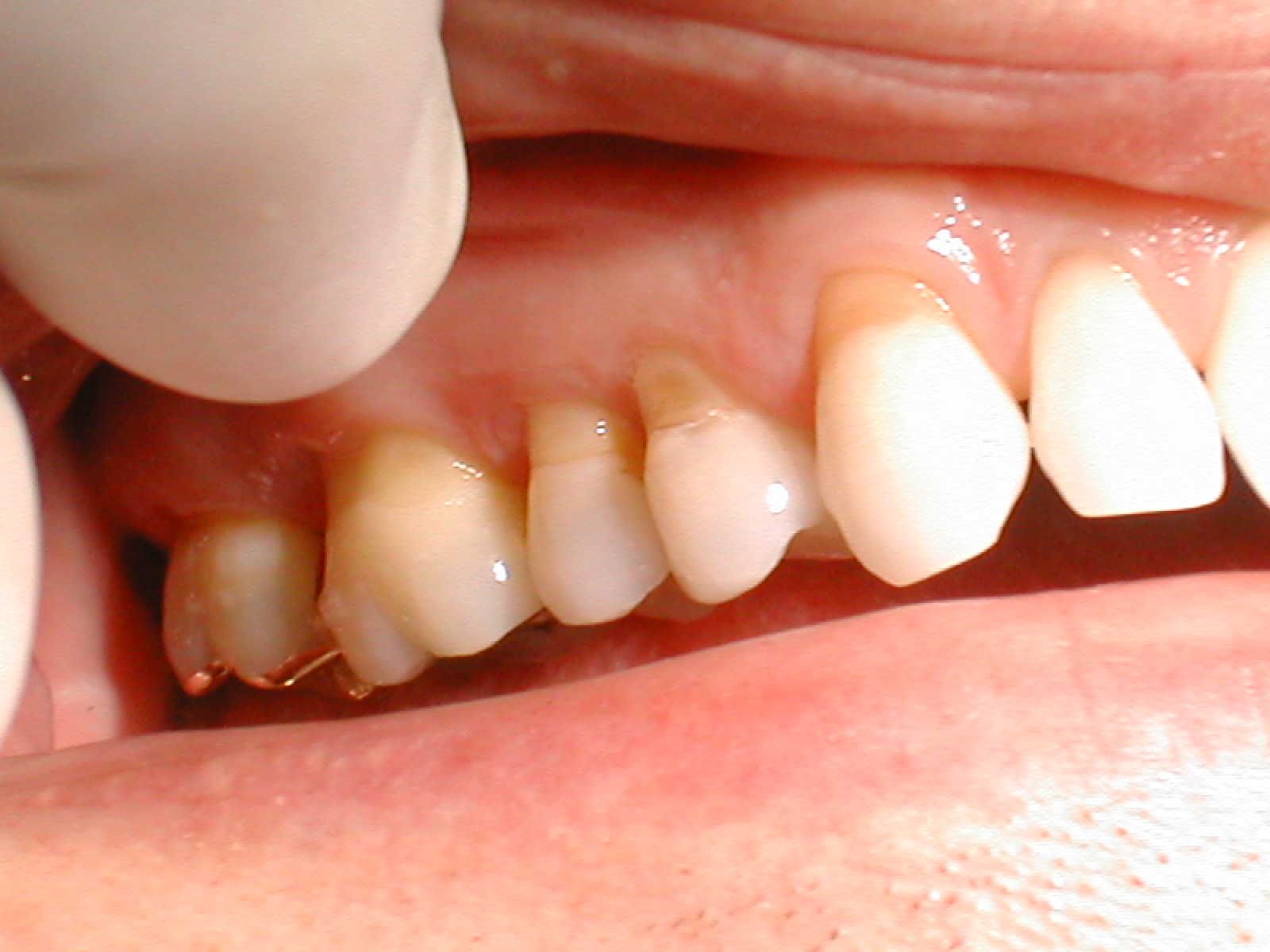So what is it and how to treat abfraction? Abfraction is partial loss of the tooth which is located along the gum line. Abfraction is not caused by the decay however, it can be treated like one. Abfraction is the result of micro fractures of the enamel and dentin at the cement enamel junction (collar of a tooth), which result from excessive or abnormal biting forces.
This complication can be different shapes and sizes but often dentists call it a wedge or saucer. This problem is a abnormal type of lesions, not like attrition, erosion or abrasion.
Usually, a person who has tooth abfraction can feel sensitivity to cold, hot, sweet and spicy.
How Abfraction is happening?
- After the tooth received excessive chewing forces, the tooth itself was trying to bend, but the root is well anchored in the bone, therefore the tooth curves slightly.
- Its this banding and flexing which makes the tooth’s enamel and dentin to separate from the collar and by that, forming a notch.
- With time, this notch grows more and more and becoming a lesion of abfraction.
How to Treat Abfraction
This complication will not heal itself with time. It only might get even worse if you will not treat it right and in time. Also, it’s important to treat the cause (which is flexing of the tooth) of this complication.
It might be different stages. If the abfraction is very small and it is not more than 1 mm, then you probably wouldn’t need to do anything except taking care of the cause. But if the notch is larger and it feels sensitive or causing other discomfort, than you might need to do a few fillings to cover the holes.
It is also a good idea to wear orthodontics to align the bite and it’s a good option if your teeth are misplaced.
When abfraction is very large, it can make a tooth more fragile to fracture. In rare cases where abfraction is very advanced, the tooth may require a dental crown.






